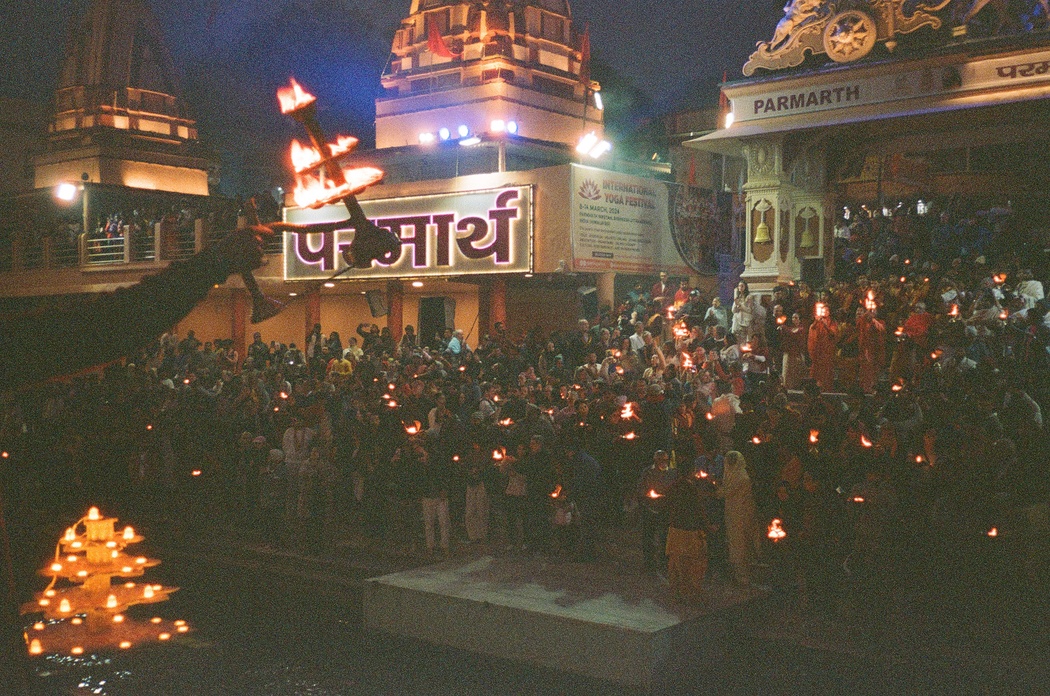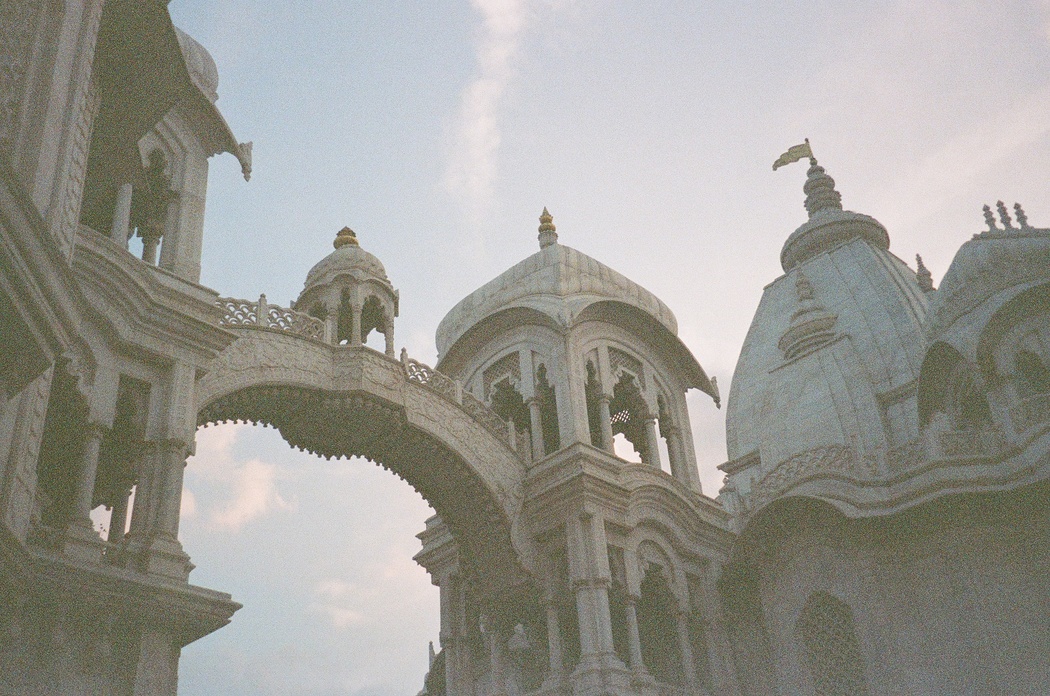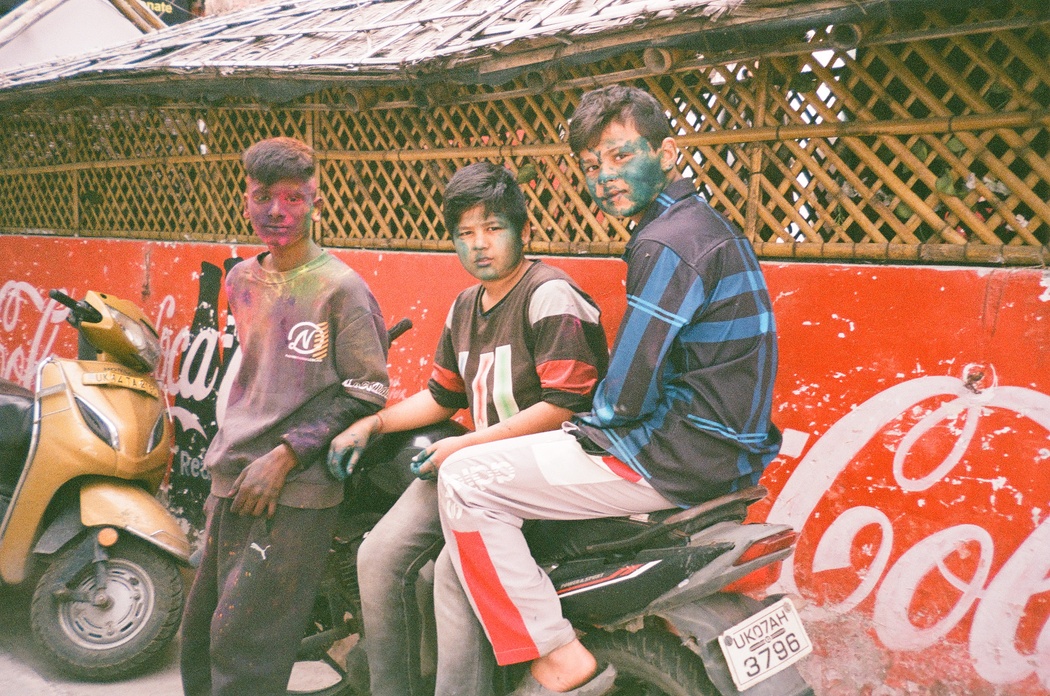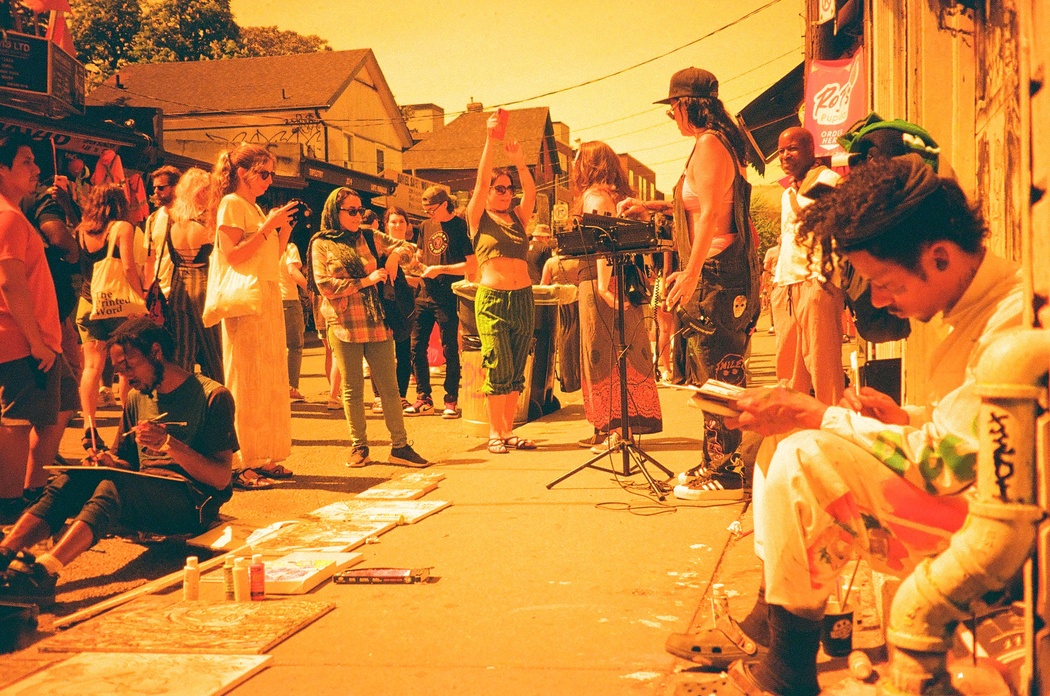Monika Benkovic
Can you tell us about the inspiration behind your 2024 photography series?
My 2024 analogue photo series was inspired by capturing special moments as they were happening. I captured many digital photos during this time but I reserved the film rolls for special moments that would come up spontaneously. The camera was always by my side but I was careful of when to use it. Each photo not only captures a moment but has a backstory, weaving together pivotal points in my travels.
I think it is worth mentioning that my goal for 2024 was to actually release an e-zine each month which shared poetry and short stories from my travels as they were happening. The photo’s became complimentary to these stories.
 Monika Benkovic | Agni | 2024
Monika Benkovic | Agni | 2024
What were the most significant influences during your travels?
I am most drawn to culture and locals when I travel. The most significant influences were my interactions with locals. I am always very grateful for the time and exchange of energy and for the permission to take their photo. Sometimes I am interacting with total strangers, other times the photos depict a memorable experience with a very special person/people in my life. Architecture and lighting typically draw my attention as well, often in combination.
How does analogue photography enhance your storytelling compared to digital photography?
Analogue captures the moment as it’s happening and you have to wait to experience it a second time unlike digital photography where you can instantly go back, edit and redo. There is a practice of patience and selection with analogue. My rule is generally one photo per experience/moment/environment. I am never in a rush to complete the roll just to develop the film. There is a bit of “divine timing” to the experience. And of course, when I get the photos back, the first viewing is like opening the greatest present, often filled with a rollercoaster of emotions as each image takes me back to the story that has been captured.
 Monika Benkovic | Vrindavan | 2024
Monika Benkovic | Vrindavan | 2024
Each of your photos seems to tell a story. How do you approach capturing these narratives through your lens?
Thank you for recognizing this. Yes, there is most certainly a story behind each image. I have always written stories – writing is my first love. Typically I’ll be having an experience at a place or with a person during my travels and I’ll have my camera ready to capture the story in image form. Other times I’ll see a framing of objects that I feel inspired to capture. This happens a lot when I’m walking. I walk a lot, it’s probably my favourite thing to do in a new place because I get to know the culture in a different way, I always meet people and I get a real feel for the energy of a place from walking.
What challenges did you face while photographing in different cultural contexts, and how did they shape the final images?
I like taking candid photos of people but don’t want to be rude or sneaky, so asking for permission is important to me. Sometimes this can be challenging if there is a language barrier or if the opportunity has passed. It rarely happens as I generally form some kind of connection first – a friendly smile, a hello, a hand gesture. Even when language is a barrier or in challenging moments, I do find that energy can speak volumes and this has been helpful.
 Monika Benkovic | Block Boys | 2024
Monika Benkovic | Block Boys | 2024
Your work blends visual and literary elements. How do you balance these two forms of expression in your art?
I think that my genuine interest in people from all walks of life from a very young age has influenced the places I travel to. And through this I have learned to balance the visual and the literary – when I couldn’t take photos, I was writing. When I couldn’t write, I was listening. Basically, I had to put the experience somewhere and that fostered a balance between these elements. I enjoy merging the written and the visual elements of the stories I am sharing together.
Can you share a specific moment from your travels in 2024 that had a profound impact on your work?
There are definitely a few that come to mind but one in particular was when we found a pregnant cow in the back of the ashram I was living in in Rishikesh. The calf had breached and the mother was in severe pain. A group of us stayed with her until the vet came and eventually we were all helping to pull the baby out who had passed away hours prior, unbeknownst to us. I did capture this experience with my camera. It was very intense, between the two extremes of life and death at the same time. When I developed that particular roll and came to the photo, I was overwhelmed with emotion as if reliving the experience again. For me, this cemented that storytelling photography has the same impact as sense memory, similar to how scents (smell), textures (touch) and other senses can generate these impacts. Also waiting for the roll to develop gave some space to process that experience, as opposed to if the photo was captured digitally and I could see it right away. That space in between the capture and the developing time was needed.
 Monika Benkovic | Street Art | 2024
Monika Benkovic | Street Art | 2024
What advice would you give to aspiring photographers who are just beginning their journey in analogue photography?
Analogue photography is beyond point-and-shoot – it is feeling, it is revelation into the topics/subjects you are capturing. My advice would be to pay attention to that feeling, capture what inspires you and know that it is not just about “taking” the photo – you are giving something, there is an energy exchange and a great trust in your intuition. Intuition is like a muscle – it strengthens through practise and this also helps nurture our empathy towards others.
I would like to invite readers who are interested in more of my work with travel storytelling and photography to my Medium and Substack platforms. Here are the direct links:
Medium: https://medium.com/@dirtythoughtsinchurch
Substack: https://dirtythoughtsinchurch.substack.com
Instagram: @monika_benkovic

Leave a Reply